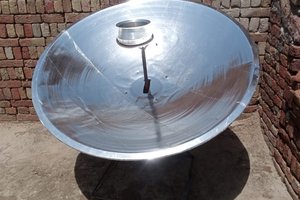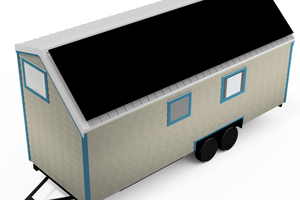Most of the documentation is by means of 3 videos in the instructions - 31 minutes in total. There are also CAD files and PCB files in the 'files' section for the engineering.
License: Attribution-NonCommercial-ShareAlike 2.5 Generic (CC BY-NC-SA 2.5)

 Capt. Flatus O'Flaherty ☠
Capt. Flatus O'Flaherty ☠


 Vittorio Loschiavo
Vittorio Loschiavo

 Wasim Sahu
Wasim Sahu
 isaacporras
isaacporras
Commerical products already exist that do this... 30 watts for $429
https://thermoelectric-generator.com/product/teg-12-vdc-24-air/